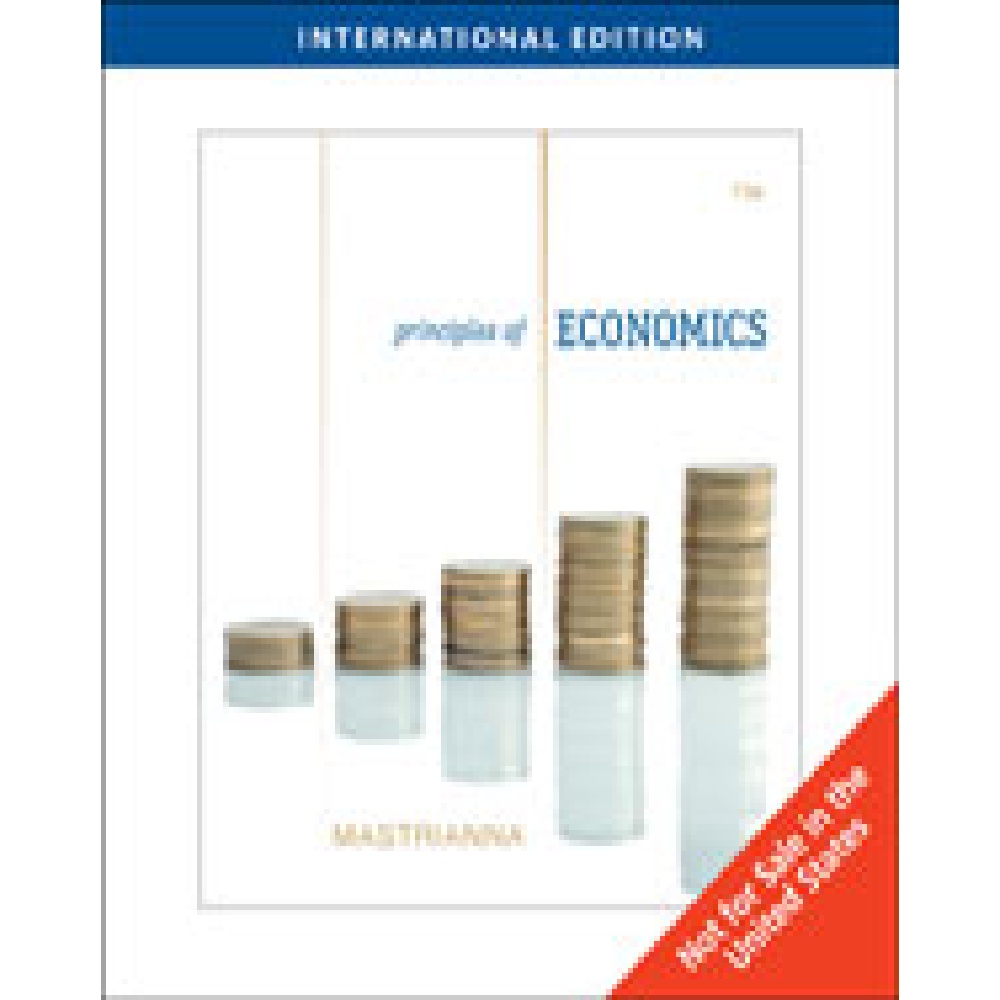Principles Of Economics International Edition 15th Edition By Frank V. Mastrianna – Test Bank
$55.00
Principles Of Economics International Edition 15th Edition By Frank V. Mastrianna – Test Bank
You will receive this product within 24 hours after placing the order
Overview
Chapter 11
The Circular-Flow Model and National Income Accounts
Multiple Choice
1. The operation of the total economy can best be demonstrated by a
a. merry-go-round
b. circular flow
c. Ferris wheel
d. roller coaster
ANS: B PTS: 1
2. The size of the circular flow
a. measures the level of household purchases from business
b. measures the level of income and output
c. increases if there are more planned leakages
d. measures the level of prices
ANS: B PTS: 1
3. In the circular flow, business owners receive
a. interest
b. profits
c. rent
d. wages
ANS: B PTS: 1
4. Which of the following are injections into the circular flow of income?
a. saving, investment, exports, and taxes
b. investment, taxes, and imports
c. saving, taxes, and imports
d. investment, government spending, and exports
ANS: D PTS: 1
5. It is true that a stable economy occurs when
a. total injections into the circular flow are large enough to make up for government tax leakages
b. total leakages from the circular flow are great enough to offset the effects of government spending
c. total planned leakages from the circular flow are exactly equal to total planned injections into the circular flow
d. actual saving is equal to planned investment
ANS: C PTS: 1
6. In the circular flow, nonprofit institutions are
a. counted as businesses
b. excluded
c. treated separately
d. counted as households
ANS: A PTS: 1
7. In the circular flow, investment refers to spending on
a. government bonds
b. certificates of deposit
c. capital goods
d. consumer goods
ANS: C PTS: 1
8. Which of the following statements concerning the circular flow model is (are) correct?
a. an increase in planned savings always generates an increase in planned investment spending
b. planned investment spending is an injection into the circular flow
c. increased investment always results in decreased savings
d. all of these are correct
ANS: B PTS: 1
9. In the circular flow, savings specifically represents
a. households’ cash hoards
b. households’ bank savings account
c. households’ total accumulated dollars
d. total income minus consumption spending
ANS: D PTS: 1
10. An example of unplanned investment is
a. an unexpected fire requires that an entire factory be rebuilt
b. a bridge collapses and requires unexpected repair cost
c. machine tool companies are forced to install new equipment to be able to meet Japanese competition
d. none of these
ANS: D PTS: 1











Reviews
There are no reviews yet.